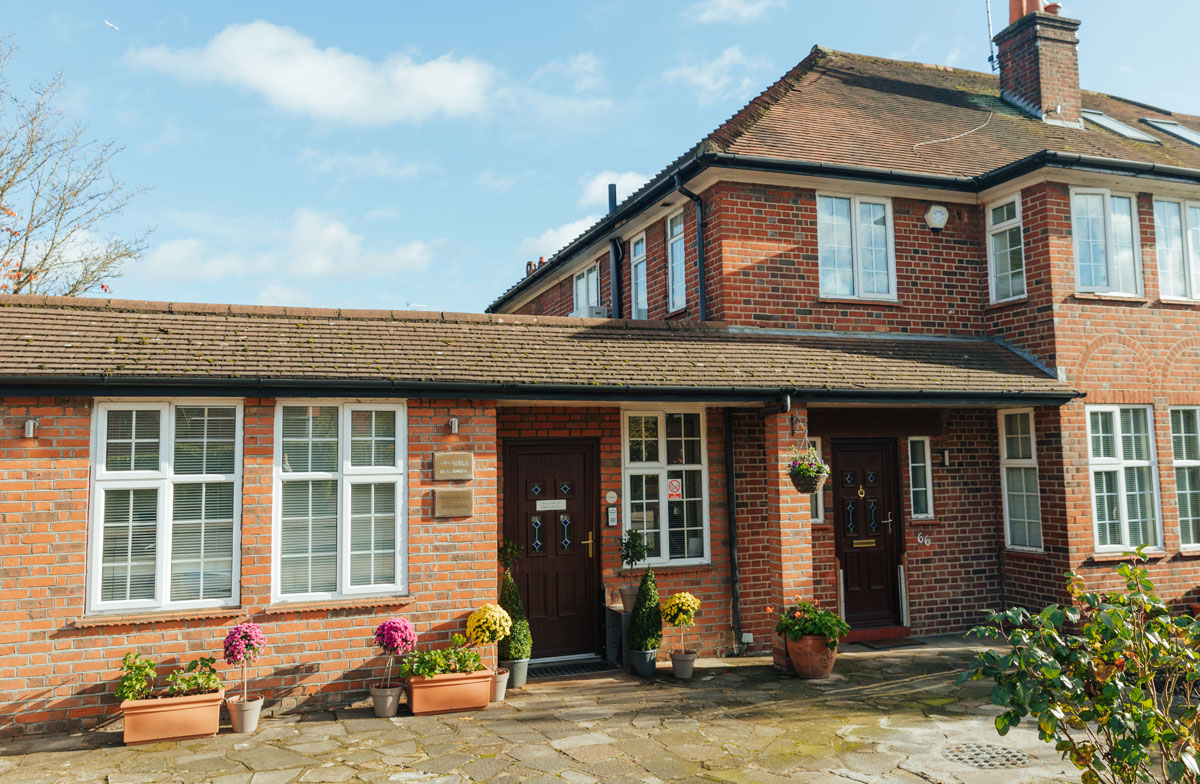Tooth coloured porcelain inlays and onlays are restorations placed usually on the chewing surfaces of the back teeth. An inlay fits within the confines of the teeth while an onlay covers the entire chewing surface of the tooth.
Inlays and onlays can be made of either plastic resin or porcelain. Gold inlays can also be used, and are popular for their strength qualities.
Why have an inlay or onlay?
- Tailored to fit
- More of the healthy tooth is preserved
- Easier to keep clean
- Protect and strengthen the tooth
- More durable and stable than fillings
What does the treatment involve?
- Any areas of decay or old fillings are removed and the tooth is cleaned.
- We take impressions and these are used by a dental laboratory to create the inlay or onlay so it will exactly match the area to be filled.
- A temporary restoration is fitted so the prepared cavity can be protected while the inlay or onlay is being made.
- When ready, the inlay or onlay is checked for fit and comfort, and then fixed permanently in place with a strong dental adhesive.

Looking after your repaired tooth
Inlays and onlays are very stable restorations that fit a damaged tooth perfectly to provide superior protection and the ability to withstand stronger chewing forces. As the inlay or onlay is tailored to fit, they can be easier to keep clean than other restorations. When properly maintained, with effective cleaning and regular check-ups, inlays and onlays can last for years.

Frequently Asked Question
If the area of decay on a tooth is too large for a standard filling, but not large enough for a crown, an inlay or onlay can be effectively used.
Inlays and onlays are long lasting and should remain problem free for years. Ensure you keep up with an excellent brushing and flossing routine and attend regular dental examinations so your dentist can keep an eye on your inlay or onlay.












